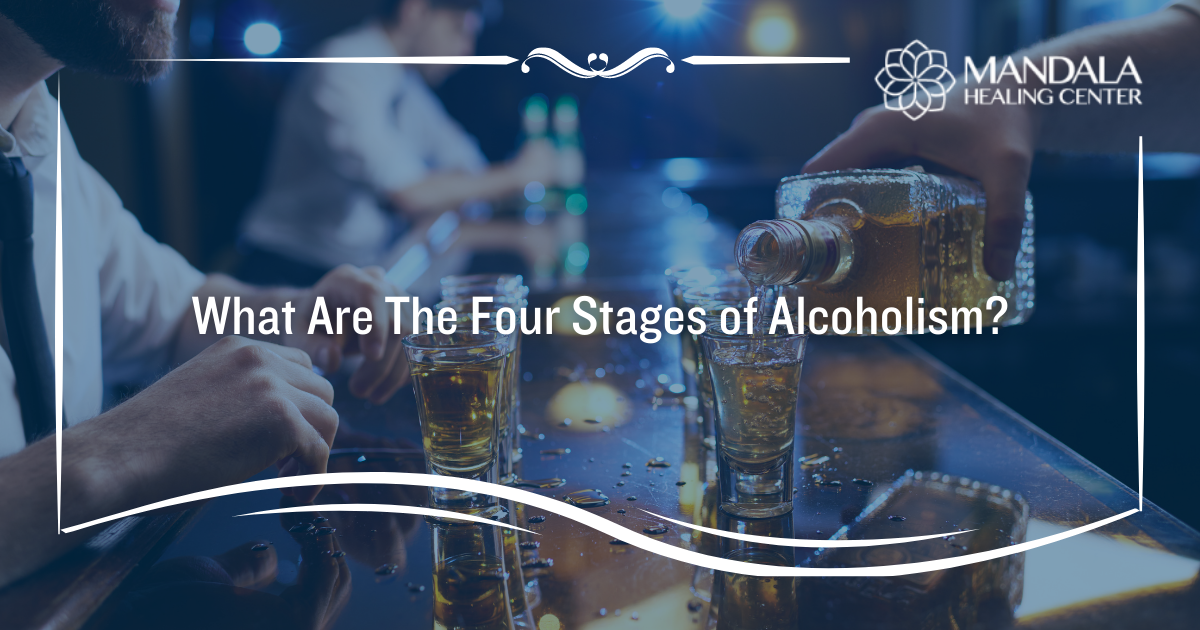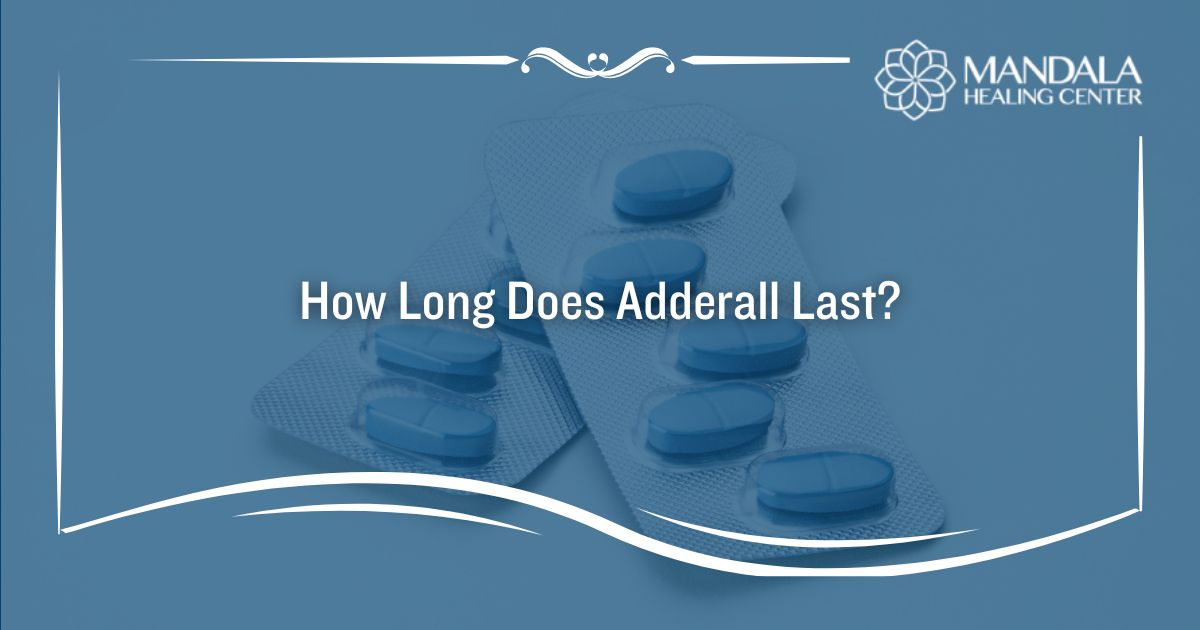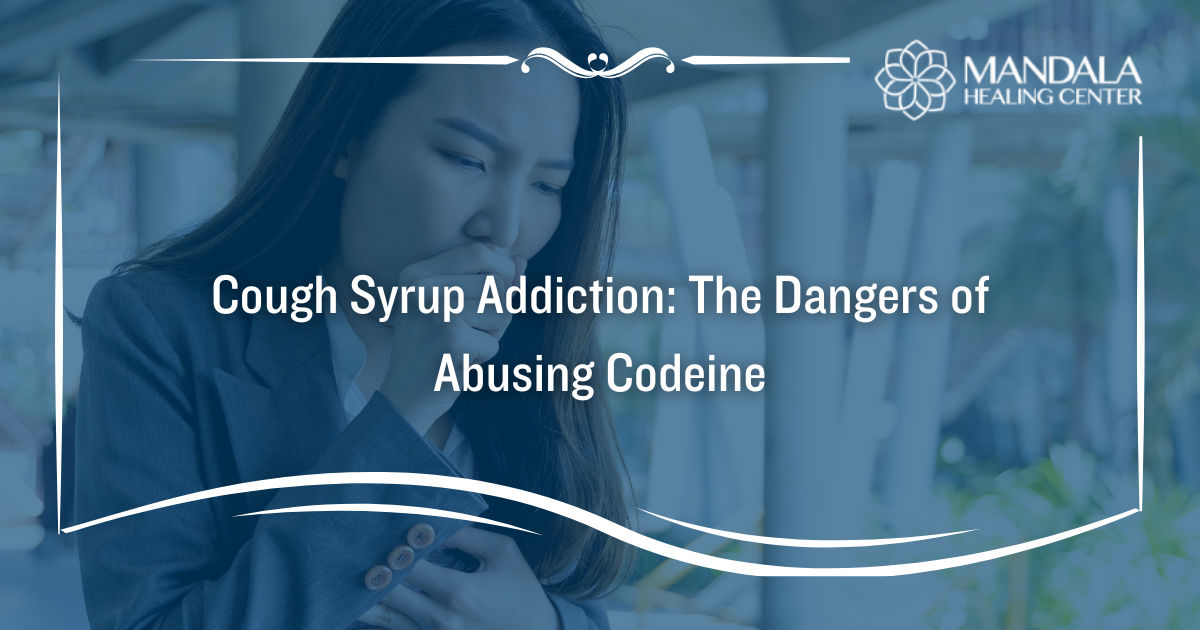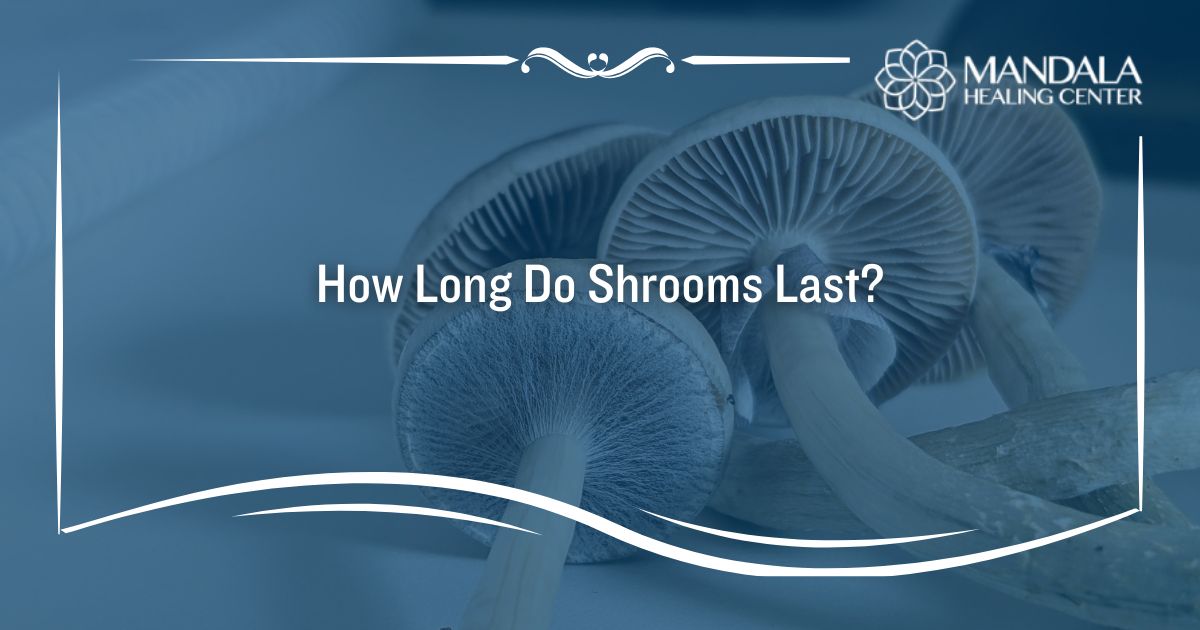Alcoholism, otherwise known as Alcohol Use Disorder (AUD), is a progressive disease. Alcohol addiction does not develop overnight, in fact, it sometimes takes months to years to develop AUD. Most people start out as casual drinkers who only partake at social functions. However, some people do start to drink more frequently and escalate through the four stages of alcoholism.
As a person’s drinking problem progresses, they will experience different things. AUD does get progressively worse. Recognizing what the four different stages of alcoholism are enables people to identify if they are currently in one of those stages so they can get help as soon as possible.
The Development of the Stages of Alcoholism
Alcoholism is not a new phenomenon. Alcohol has been around for thousands of years and people have been abusing it for just as long. However, the research on alcoholism did not begin to progress until after the Prohibition Era in the United States. This paved the way for researcher E. Morton Jellinek who would go on to develop the model outlining the four stages of alcoholism.[1]
Jellinek depicted these stages in the form of a curve. It includes the four active stages of alcoholism in the downward curve but also includes the recovery stage as an upward curve. This showed that treatment and recovery from alcoholism are possible.[2] The stages of active alcoholism include:
- Pre-Alcoholic Stage
- Early-Alcoholic Stage
- Middle Alcoholic Phase
- End-Stage Alcoholism
Pre-Alcoholic Stage
During the pre-alcoholic stage, people transition from occasional casual drinking to drinking more frequently. This may mean that a person who once only drank at social functions now drinks at home every night. They also may start using alcohol to help them fall asleep or even feel like they need to have it at parties to unwind.
This stage is particularly difficult to identify because it is considered normal to drink alcohol at social gatherings. It becomes problematic when a person feels like they cannot go to a party without drinking. The person in the pre-alcoholic stage is someone who feels the need to drink alcohol before social interactions and finds the thought of going without it unbearable. This means they are using alcohol as a coping mechanism and is a sign they may be developing an AUD.
Early-Stage Alcoholism
In early-stage alcoholism, people begin to engage in heavy drinking. This includes binge drinking that could result in “blackouts”. Black-outs are periods of time that a person cannot remember while they were binge drinking.
Binge drinking is somewhat normalized in today’s society, especially among younger, college-aged adults. It is seen as partying or just blowing off steam. However, this pattern of drinking excessively on a regular basis starts to build a tolerance to alcohol in the body. This means that people become used to having alcohol and may start to experience some withdrawal symptoms after a night of heavy drinking.[3]
The mild withdrawal symptoms that occur during early-stage alcoholism are better known as a hangover. It includes nausea, vomiting, and headaches that are improved with the intake of more alcohol.[4]
Middle Alcoholic Phase
The middle alcoholic phase is when the alcoholism becomes much more apparent. Other people may start to notice changed behaviors in the person struggling with AUD. Someone who is suffering from alcoholism during the middle phase will begin to experience the consequences of their alcohol abuse.
Some of the consequences they might encounter would be having difficulty at work or school. This is because they are either too hungover to function or are drinking at the start of their day. Family and friends may also start to openly express concern about their drinking. Despite it affecting daily life, they will prioritize alcohol and continue to drink.
They also have a dependence at this point meaning they experience withdrawal and crave alcohol when they try to not drink.[3] This is the ideal stage for treatment as the consequences have not become so dire yet. People still have the ability to function and most likely still have a job and family support.
End-Stage Alcoholism
End-stage alcoholism is when alcohol abuse and dependence are impossible to deny. The health consequences of prolonged, chronic drinking begin to manifest. This includes a weakened immune system, high blood pressure, certain types of cancer, memory issues or dementia, and liver disease.[5]
It is not uncommon for people in this stage of alcoholism to have tried and failed to stop drinking on multiple occasions. At this point, people who were once considered functioning alcoholics become non-functioning. They find it increasingly difficult to manage their day-to-day lives.[3] At this stage of alcoholism, it is crucial to seek treatment in the form of alcohol detox and rehabilitation.
Recovery From Alcoholism
The Jellinek Curve shows that recovery from alcoholism is possible, even for those with end-stage alcoholism. The first step to recovery is starting treatment for alcoholism with alcohol detox and inpatient rehabilitation. New Jersey Interventions is here to help start that process.
Our state-of-the-art facilities offer medical detox where people are closely monitored to make sure they undergo alcohol withdrawal in a comfortable and safe environment. They are then transitioned into intensive inpatient rehabilitation where they will further work on their recovery from alcoholism. We work with people closely to provide therapy and teach coping mechanisms that fit each individual’s unique needs.
Regardless of which of the four stages of alcoholism you are stuck in, we can help. Contact us today to begin your recovery journey.
References:
- http://scihi.org/morton-jellinek-alcoholism/
- https://www.jsad.com/doi/pdf/10.15288/jsad.2016.77.375
- https://pubs.niaaa.nih.gov/publications/aa28.htm
- https://pubs.niaaa.nih.gov/publications/arh22-1/54-60.pdf
- https://www.cdc.gov/alcohol/fact-sheets/alcohol-use.htm












